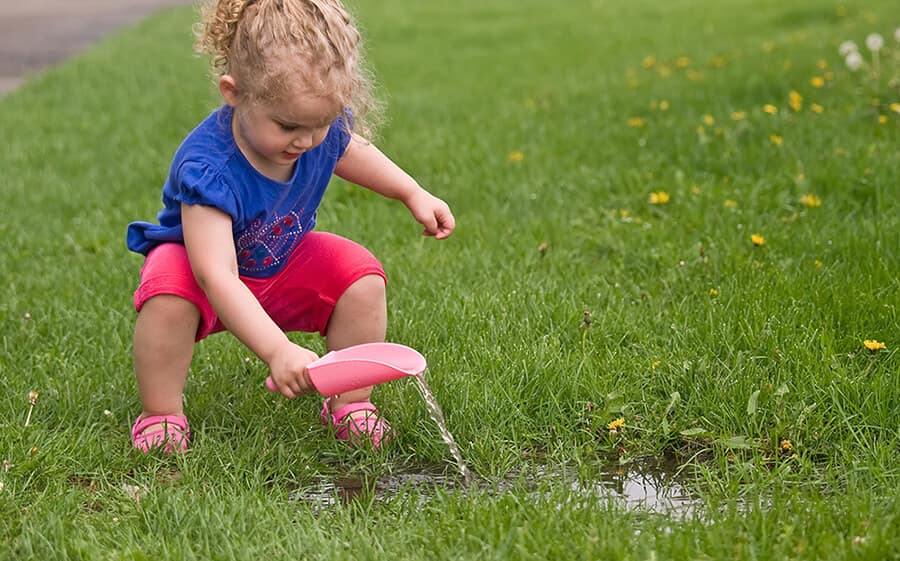Examining the Top Six Causes of Water Leaks in Your Home
Examining the Top Six Causes of Water Leaks in Your Home
Blog Article
This post in the next paragraphs involving Common Water Leaks In House is indeed engaging. Give it a go and draw your own personal final thoughts.

Leakages not only trigger waste of water but can also cause unnecessary damages to your residence as well as advertise unwanted organic development. However, water leaks could go unnoticed given that the majority of the pipework in our residence is concealed. By understanding and also looking for daily scenarios that create leakages, you can secure your house from future leakages and unneeded damages. Today, we will look at 6 leakage triggers that may be causing your pipes to drip.
Instantaneous temperature changes.
Extreme temperature level adjustments in our pipes can trigger them to increase and contract suddenly. This development and contraction might create cracks in the pipelines, especially if the temperature level are below freezing.
Rusty water systems
This might be the cause of staining or bending on your water pipelines. If our plumbing system is old, think about replacing the pipes because they are at a higher danger of rust than the more recent versions.
Malfunctioning Pipeline Joints
Pipeline joints can degrade over time, resulting in water leakages. If you have noisy pipelines that make ticking or banging sounds, particularly when the hot water is turned on, your pipe joints are possibly under a whole lot of stress.
Intruding origins
Many water leaks start outside the residence rather than inside it. You could see wet patches or sinkholes in your backyard, and also that may suggest that tree roots are getting into water lines causing water to permeate out.
Poor Water Connectors
Sometimes, a leak can be brought on by loose hose pipes as well as pipes that supply your home appliances. Generally, shifting is what triggers the loose water Connections. You might find when it comes to a cleaning device, a hose may spring a leakage as a result of drinking during the spin cycle. In case of a water links leak, you might observe water running directly from the supply line or puddles around your devices.
Clogged Drains
Clogged drains could be frustrating and inconveniencing, however they can occasionally end up triggering an overflow causing break pipes. Maintain getting rid of any materials that might drop your drains pipes that could block them to stay clear of such inconveniences.
All the above are root causes of leaks but not all water leaks arise from plumbing leaks; some leaks could originate from roofing system leakages. All leakages should be repaired immediately to prevent water damage.
Leaks not just create waste of water yet can also cause unneeded damages to your home as well as advertise undesirable natural development. By looking as well as recognizing for day-to-day situations that cause leaks, you can safeguard your house from future leakages and unnecessary damage. Today, we will look at six leak triggers that might be triggering your pipelines to drip.
At times, a leakage can be triggered by loosened tubes and also pipelines that provide your devices. In case of a water connections leak, you may notice water running directly from the supply line or pools around your appliances.
How To Check For Water Leak In Your Home
How To Check for Leaks
The average household's leaks can account for nearly 10,000 gallons of water wasted every year and ten percent of homes have leaks that waste 90 gallons or more per day. Common types of leaks found in the home are worn toilet flappers, dripping faucets, and other leaking valves. These types of leaks are often easy to fix, requiring only a few tools and hardware that can pay for themselves in water savings. Fixing easily corrected household water leaks can save homeowners about 10 percent on their water bills.
To check for leaks in your home, you first need to determine whether you're wasting water and then identify the source of the leak. Here are some tips for finding leaks:
Take a look at your water usage during a colder month, such as January or February. If a family of four exceeds 12,000 gallons per month, there are serious leaks.
Check your water meter before and after a two-hour period when no water is being used. If the meter changes at all, you probably have a leak.
Identify toilet leaks by placing a drop of food coloring in the toilet tank. If any color shows up in the bowl after 10 minutes, you have a leak. (Be sure to flush immediately after the experiment to avoid staining the tank.)
Examine faucet gaskets and pipe fittings for any water on the outside of the pipe to check for surface leaks.
Undetected water leaks can happen without the home or business owner even realizing. If you suspect a water leak, but not able to find the source. It is time to contact a professional water leak detection service, The Leak Doctor.
How To Find a Water Leak In Your Home
https://www.leakdoctor.com/blog/How-To-Check-For-Water-Leak-In-Your-Home_AE197.html

Hopefully you liked our excerpt on How to Find Water Leaks. Many thanks for taking a few minutes to browse our posting. For those who liked our article if you please don't forget to share it. Thanks for your time spent reading it.
See Availability Report this page